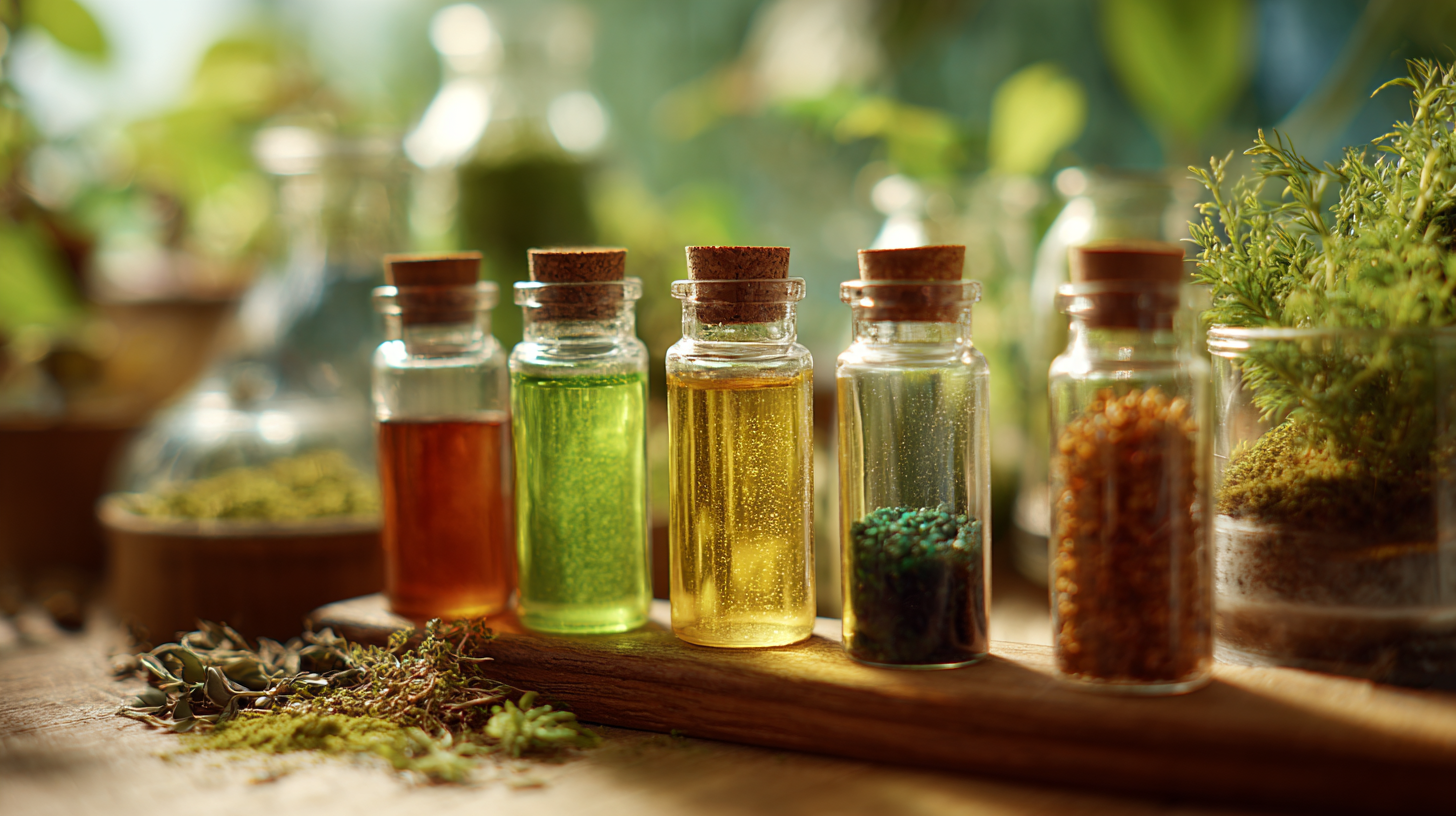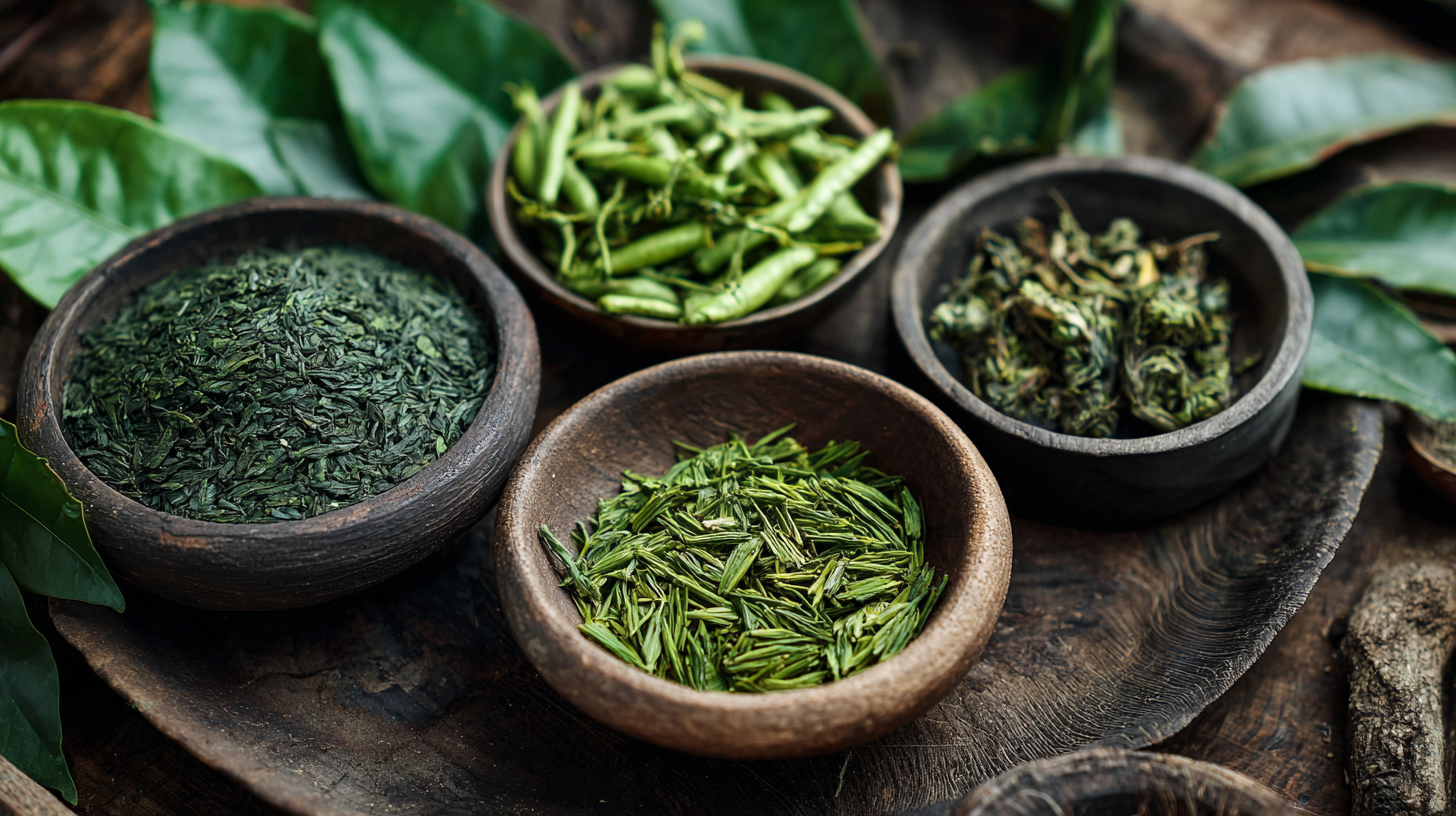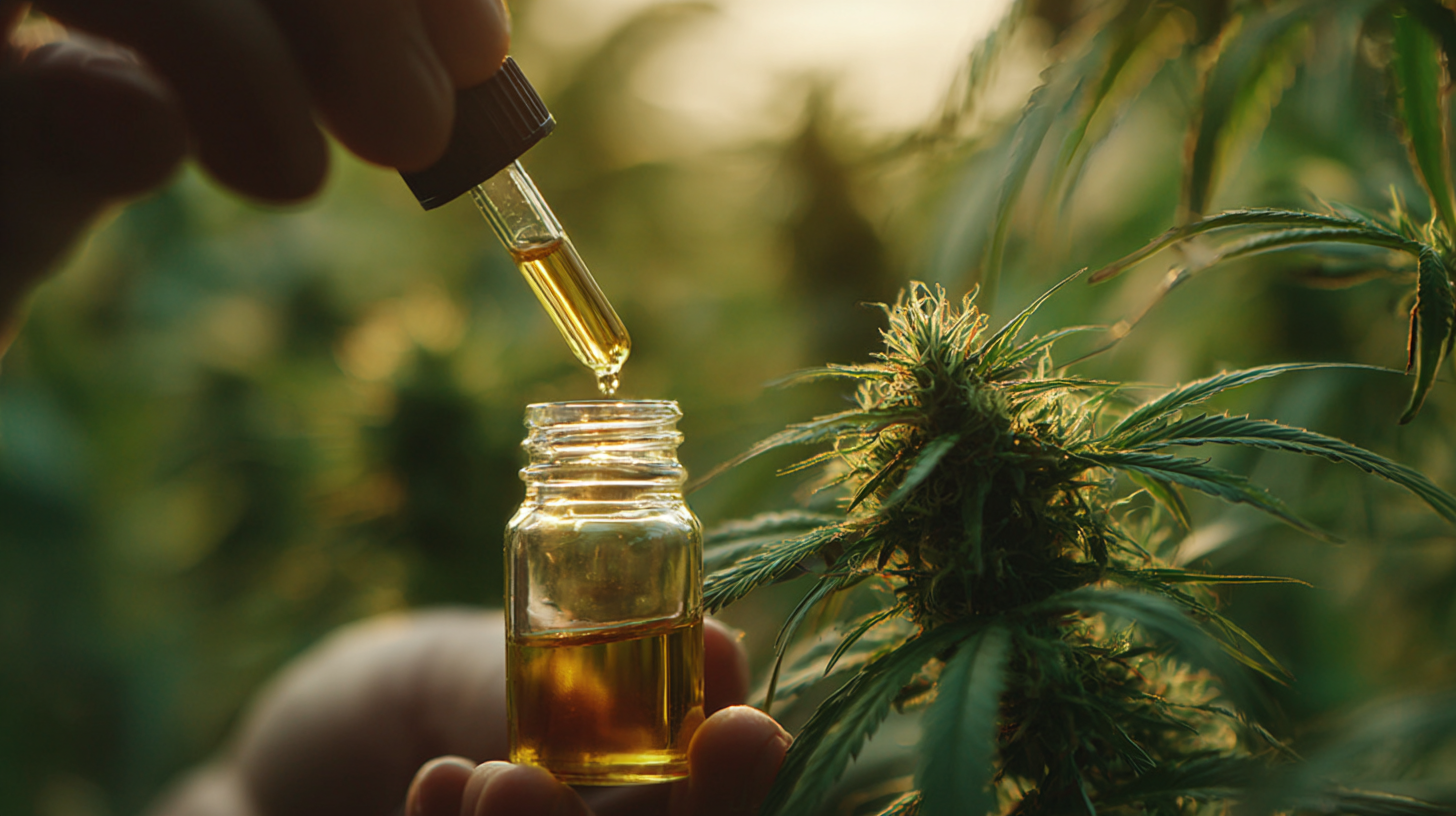50% Response rate
The Future of Best Botanical Extracts in Sustainable Sourcing
The global market for botanical extracts is witnessing a transformative shift towards sustainability, with an increasing emphasis on ethical sourcing practices that not only benefit the environment but also cater to the rising consumer demand for natural products. As the leading manufacturing hubs worldwide embrace sustainable methods, the future of botanical extracts promises to align with both ecological responsibility and market trends.

This blog explores the vital role of sustainable sourcing in the production of high-quality botanical extracts, spotlighting innovative manufacturing facilities that are setting benchmarks in eco-friendly practices. By prioritizing sustainable solutions, these global leaders in the botanical extracts sector are not only enhancing their brand reputation but also contributing to a healthier planet, thereby shaping the future of this thriving industry.
The Importance of Sustainable Sourcing in the Botanical Extract Industry
The botanical extracts industry is steadily gaining traction, underscored by its projected market growth. According to recent market reports, the size of the botanical extracts market is anticipated to exhibit a compound annual growth rate (CAGR) of over 10.3% from 2025 to 2032. This growth trajectory highlights not only the rising consumer demand for natural ingredients but also the escalating importance of sustainable sourcing practices within the sector. Sustainable sourcing is becoming a crucial facet of the industry, ensuring that raw materials are obtained responsibly without compromising environmental integrity or biodiversity.
Moreover, advancements in extraction techniques are actively contributing to this shift towards sustainability. A comprehensive review on advanced extraction methods indicates that implementing green analytical chemistry principles can significantly enhance the efficiency of retrieving bioactive compounds from natural sources. This not only minimizes waste but also aligns with the industry's commitment to reducing its environmental footprint.
As seen with innovative uses of by-products, such as the often-overlooked banana inflorescence, there is immense potential to tap into sustainable resources that bolster nutritional value while reducing waste. Overall, the focus on sustainable sourcing and advanced extraction methods is paramount as the botanical extract industry navigates its growth and evolves towards a more environmentally responsible future.
Market Trends: Growth of the Botanical Extracts Sector in Sustainable Practices
The botanical extracts market is experiencing remarkable growth, driven by a surge in sustainable sourcing practices. According to industry forecasts, the market size for botanical extracts is anticipated to showcase a compound annual growth rate (CAGR) of over 10.3% from 2025 to 2032. This growth is a reflection of the increasing consumer preference for natural and sustainable products, influencing manufacturers to adopt eco-friendly sourcing methods.
In the upcoming decade, the supercritical CO2 extraction market is expected to reflect substantial expansion, projected to grow from USD 1.2 billion in 2024 to USD 2.5 billion by 2033. This technology is gaining traction due to its effectiveness in preserving the integrity of botanical compounds while minimizing environmental impact. Furthermore, specific regional markets, such as South Korea, indicate similar trends, as the botanical extracts industry is set to escalate from USD 179.01 million in 2024 to USD 479 million by 2035, highlighting a robust demand for sustainably sourced botanical products.
Governments are also investing significantly in horticultural research and innovation to foster sustainable agricultural practices. For instance, the Canadian government, through its Sustainable Canadian Agricultural Partnership, is committing up to $23.55 million to enhance research that supports the cultivation and extraction of plant-based ingredients. This strategic investment underscores the importance of sustainability as a driving force in the botanical extracts market.
The Future of Best Botanical Extracts in Sustainable Sourcing - Market Trends
| Extract Type | Market Growth (%) | Sourcing Practices | Region | Sustainability Rating |
|---|---|---|---|---|
| Aloe Vera Extract | 15% | Fair Trade | North America | A |
| Green Tea Extract | 12% | Organic Farming | Asia Pacific | A+ |
| Elderberry Extract | 10% | Sustainable Harvesting | Europe | B+ |
| Lavender Extract | 8% | Regenerative Agriculture | North America | A |
| Turmeric Extract | 18% | Biodynamic | Asia Pacific | A++ |
Evaluating Botanical Extraction Techniques: Ethical and Eco-Friendly Approaches
As we delve into the future of botanical extracts, it becomes increasingly essential to evaluate extraction techniques that prioritize ethical and eco-friendly approaches. Recent advancements in nanotechnology have opened new avenues for plant-based applications, such as the development of eco-friendly green rodenticides. This approach not only prioritizes sustainability but also highlights how technology can enhance traditional methods, paving the way for innovative solutions in pest management.

When it comes to optimizing extraction processes, studies have shown the effectiveness of methods like natural deep eutectic solvents (NADES) in producing high-quality compounds like venillin. This eco-friendly extraction technique showcases the potential for maximizing yield while minimizing environmental impact. Employing these advanced methods can significantly enhance the sustainability of botanical extractions.
Tips: Consider integrating traditional herbal knowledge with modern extraction techniques to enhance biodiversity conservation efforts. Additionally, always prioritize extraction methods that reduce waste and utilize renewable resources, ensuring a more sustainable approach in your botanical endeavors. Embracing these innovative practices not only benefits the environment but also contributes to the production of high-quality botanical extracts.
Consumer Demand for Transparency: Data on Preferences for Sustainable Extracts
Consumer demand for transparency in product sourcing is undeniably on the rise, particularly within the botanical extracts sector. As individuals increasingly seek clarity regarding the ingredients in their food and beauty products, brands are compelled to adopt sustainable sourcing practices. Recent trends indicate that consumers are not only attracted to clean-label ingredients but also prioritize their ethical and environmental impacts. This shift towards sustainability is evident in various markets, including the booming vanilla and turmeric oleoresin industries, where natural flavors are favored over artificial alternatives.
To effectively meet this growing demand, brands should consider the following tips: Firstly, prioritize clear and informative labeling that outlines the sourcing practices and ingredient origins. This transparency fosters trust and encourages consumer loyalty. Secondly, invest in sustainable sourcing methods that minimize environmental impact and support local economies. By engaging in ethical practices, brands can cater to environmentally-conscious consumers who are increasingly inclined to support businesses with strong sustainability commitments. Lastly, leverage consumer feedback and market data to understand preferences better and adjust product offerings accordingly, ensuring that transparency and sustainability remain at the forefront of brand strategies.
The Future of Best Botanical Extracts in Sustainable Sourcing
As consumer demand for sustainable sourcing increases, understanding preferences for transparency in botanical extracts becomes crucial. This chart illustrates the percentage preference for different types of sustainable botanical extracts among conscious consumers.
Future Innovations: Technology's Role in Enhancing Sustainable Sourcing Methods
The advancement of technology is poised to revolutionize sustainable sourcing methods for botanical extracts. As the demand for natural ingredients continues to rise, innovations such as blockchain and IoT (Internet of Things) are providing transparency and traceability in supply chains. These technologies ensure that companies can source raw materials ethically while maintaining the integrity of their products. For example, blockchain can record every step of the sourcing process, enabling consumers to verify the origins of the extracts they purchase.
Tip: Implementing a digital tracking system can enhance your brand's credibility. By offering detailed product information and sourcing background, you can build trust with environmentally conscious consumers who prioritize transparency.
Additionally, artificial intelligence is being utilized to optimize cultivation practices and predict yield outcomes. With machine learning algorithms analyzing data from previous harvests and real-time environmental factors, businesses can fine-tune their sourcing strategies, minimizing waste and improving quality. This not only benefits the planet but also increases profitability.
Tip: Invest in smart farming technologies to monitor crop health and resource usage. By optimizing agricultural practices, you can promote sustainability while ensuring abundant and high-quality botanical extracts.
